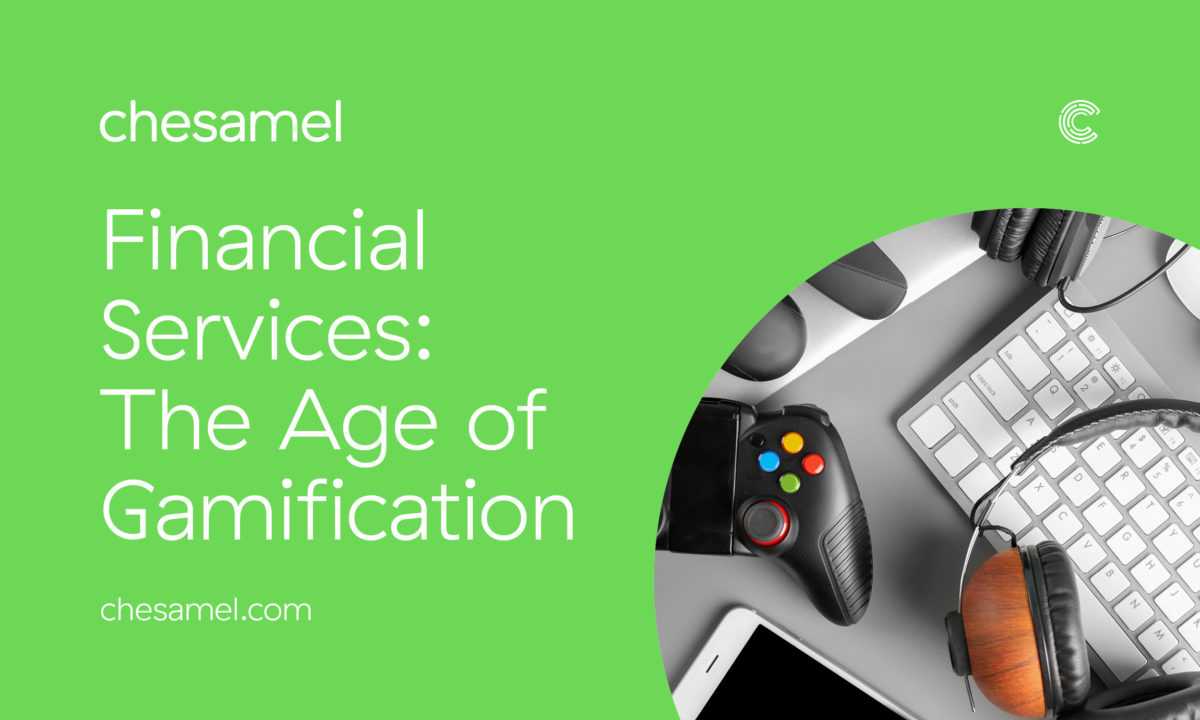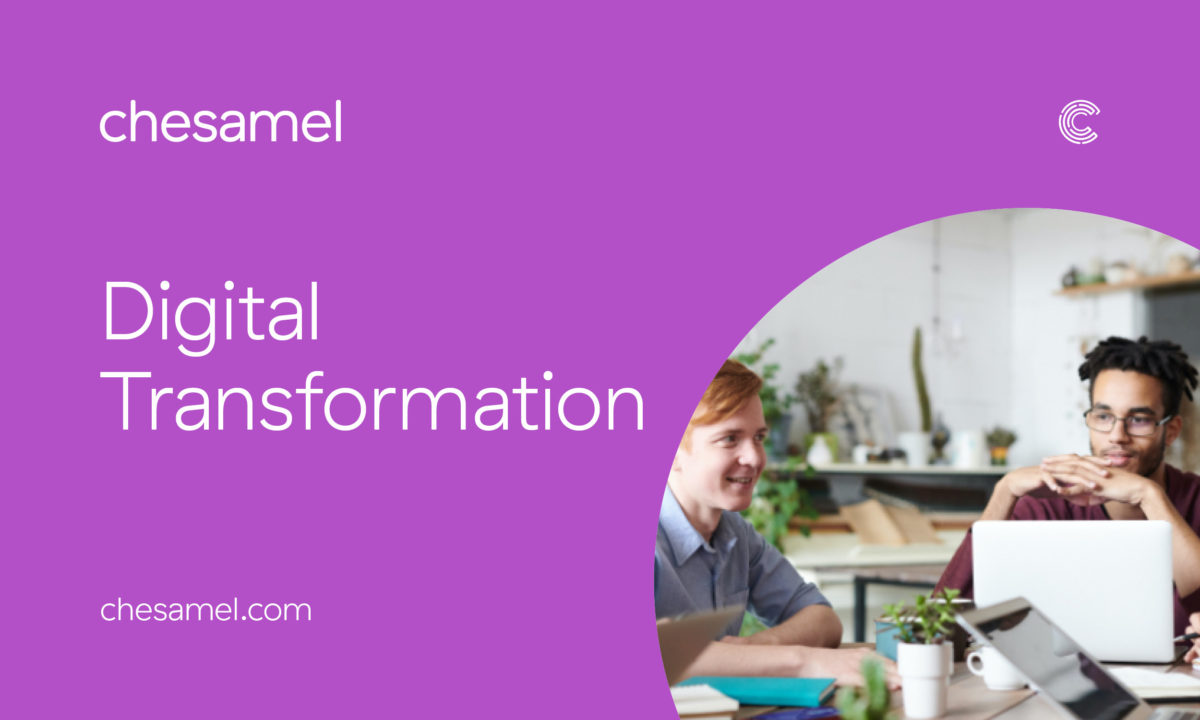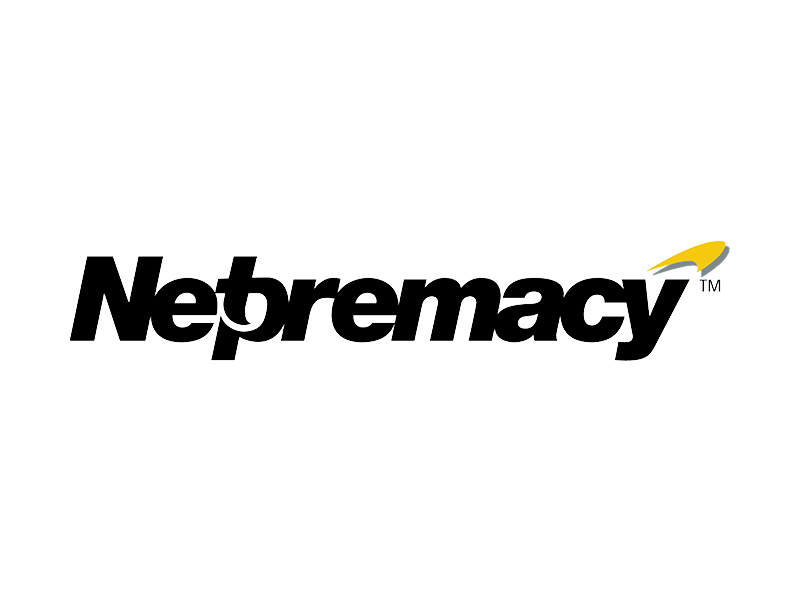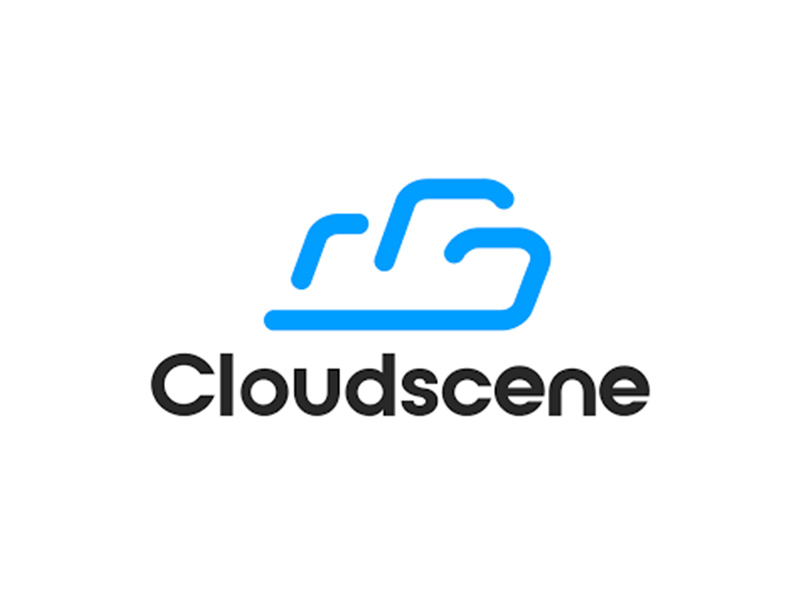Emotion is intrinsically linked to successful marketing, tapping into that emotion and attaching that emotion and sentiment to your brand can increase interaction, brand loyalty and profits through purchase. Sentiment analysis is something which marketers do to measure the effect and impact that their marketing and brand is having on their audience. All marketing we encounter, whether you are conscious of it or not, will derive either a positive, neutral or negative reaction from you.
In a digital era, the way in which we interact with brands has changed dramatically, not only in the purchasing act but the whole buying journey. We also have deeper, more emotional and longer lasting relationships with brands than we did even 20 years ago. Social media alone means that we’re able to communicate with brands in a way we never could before and as brands, this presents such opportunity to read these emotions and gain a sense of where the customer currently stands in terms of positivity or negativity.
Sentiment analysis can also be referred to as social listening. Keeping your ear firmly to the ground and collecting the data you need, to know where your brand is headed and how it is being perceived, allows you to course correct as you go. If you can see that your latest marketing campaign is gaining too much negative response, you’re in a position to notice this and make the necessary changes.
The social media scheduling tool which you currently use will likely have some form of social listening or sentiment analysis in their analytics section, tools such as SproutSocial and Hootsuite. However, there are other tools which can dive deeper into the analysis such as, Social Mention and QuickSearch.

How should you be utilising the data you collect from your sentiment analysis once you’ve figured out how to access it?
Ultimately it means that you can identify what you’re doing right and what you’re doing wrong; at the very least, if you’re doing something right.
Tweak marketing campaigns
The brand overall, or even the campaign, might not be a problem, just the wording of your message. You might run two similar campaigns at the same time and find that one performs the other, from this feedback you can build other, more successful campaigns.
Research competition
Add another level to your competitor research and analysis, learn from where they are gaining favour, what are they doing which is getting negative responses. With specified sentiment analysis tools you will even be able to pull up a comparison between you and your competition.
Personal Touch
Social media is by far the most prominent part of sentiment analysis, however, it also gives us the means to communicate more personally with customers. By picking up on negative mentions and comments with sentiment analysis and social listening tools it means we can reach out to those members of our audience showing negative responses and aim to convert.












